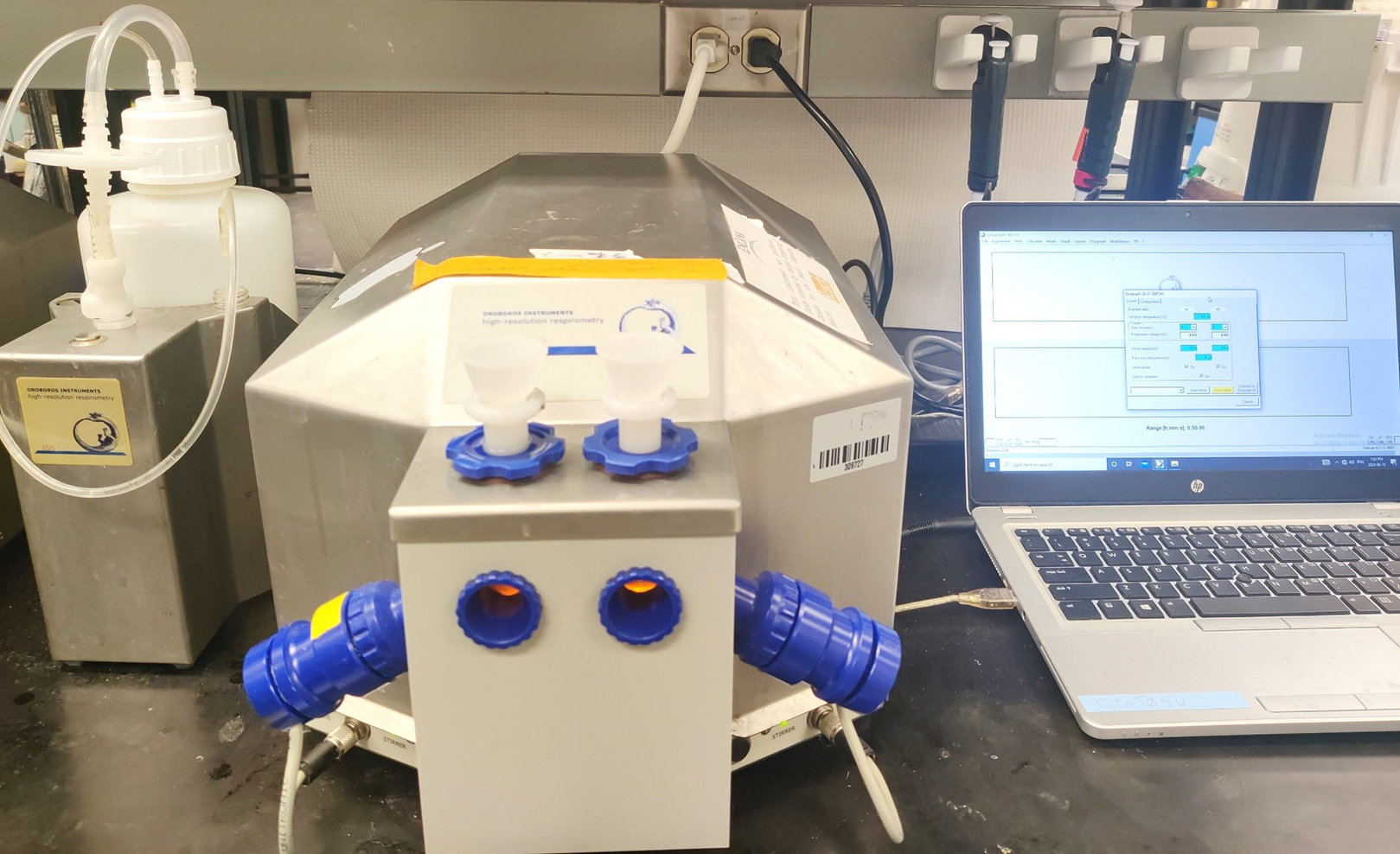Unraveling the Mysteries of Metabolism over Respirometry Breakthroughs
Metabolism, the intricate biochemical process that sustains life, has long captivated scientists with its complexity. Among the myriad techniques employed to dissect its mysteries, respirometry stands out as a crucial tool. This method, which measures the consumption of oxygen and production of carbon dioxide by living organisms, has recently witnessed groundbreaking advancements, offering unprecedented insights into metabolic processes. At its core, respirometry relies on the principle that oxygen consumption is directly proportional to metabolic activity. By monitoring changes in oxygen levels within a closed system, researchers can infer the metabolic rates of organisms under various conditions. Historically, respirometry has been instrumental in studying cellular respiration, energy metabolism, and the metabolic responses of organisms to environmental stimuli. However, recent technological innovations have propelled respirometry to new heights, revolutionizing our understanding of metabolism. One notable breakthrough in respirometry is the development of high-throughput platforms that enable simultaneous monitoring of multiple samples. Traditional respirometry setups often limited researchers to analyzing one sample at a time, constraining the scope and efficiency of metabolic studies.

With the advent of multi-channel respirometers equipped with advanced sensors and automation capabilities, scientists can now conduct large-scale metabolic analyses with unprecedented throughput and precision. This innovation has accelerated research in fields such as drug discovery, metabolic diseases, and environmental physiology, facilitating the screening of compounds and elucidation of metabolic pathways at an unprecedented scale and visit the site. Another key advancement in respirometry is the integration of complementary techniques, such as metabolomics and transcriptomics, to provide comprehensive insights into metabolic processes. By coupling respirometry with high-throughput omics technologies, researchers can correlate changes in metabolic activity with alterations in gene expression and metabolite profiles, unraveling the intricate networks that govern cellular metabolism. This integrative approach has led to the discovery of novel metabolic regulators, metabolic biomarkers, and therapeutic targets, offering promising avenues for combating metabolic disorders and optimizing metabolic health.
Furthermore, miniaturization and portability have transformed respirometry from a laboratory-bound technique into a versatile tool for field studies and point-of-care diagnostics. Miniaturized respirometry systems, ranging from wearable devices to handheld analyzers, empower researchers and clinicians to monitor metabolism in real-time across diverse settings, from natural ecosystems to clinical environments. This portability not only expands the applicability of respirometry but also fosters interdisciplinary collaborations and empowers citizen scientists to contribute to metabolic research. In conclusion, recent breakthroughs in respirometry have revolutionized our ability to unravel the mysteries of metabolism. From high-throughput platforms to integrative omics approaches and miniaturized devices, these advancements have enhanced the efficiency, scope, and accessibility of metabolic studies. By harnessing the power of respirometry, researchers are poised to unlock new insights into the fundamental principles of metabolism, paving the way for innovative therapies, personalized medicine, and a deeper understanding of life’s biochemical intricacies.